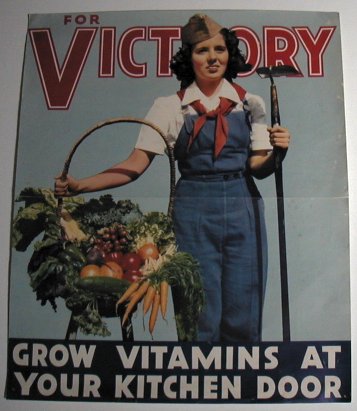


Gardening is a great, productive hobby, not only for the retired with nothing better to do than sit on the couch, but also for the kids to take charge and become responsible about something. If their gardening skills stink, send them to military school to learn some discipline. All kidding aside, gardening is a great way to be involved in a group activity.
the physical boundaries of gardening range from what kind of plant you'd like to grow, where you're growing it (crop, field, rooftop, sun-room, kitchen), when you want (or are able) to grow it, the size of your garden. Gardens can grow anything from plants, vegetables, shrubs, fruits, and so much more!
the people involved could be anyone that wants to take gardening on. Research shows many gardeners are between 30 to 60, married, have the time to upkeep and maintain their gardens, are retired, stay at home mothers and fathers, the baby boomer generation and vegetarians. there has even been movements to persuade middle and high schoolers to produce their own gardens.
what's in the gardeners toolbox you ask? well most importantly you need hands. one should do just fine. optional tools include: shovel, gloves, watering can, watering barrel, soil, compost heap, bulbs, cutting sheers, plastic saran wrap, wheelbarrow, sticks, chicken wire (not made of real chicken) and sunlight.
what does this community want? whether someone wants to start a garden, or one is an intermediate hot dogger, everyone can use tips. this community is full of helpful hands to show you the way to make the garden you desire. information ranges from where to buy supplies, what kind of garden to grow for best tasting dinners, when to plant (and not to plant) particular items, which tools work best for your garden, how to start a garden, how to maintain a garden, how to spruce up your garden, talk with other passionate gardeners, and if you're lucky enough to have both hands – where to buy gloves (and other supplies).
what are some official symbols of gardeners? large straw hat, a hoe, gloves, overalls, the color green, a watering can, the smell of fertilizer.
some motivations this group has are: growing healthy foods, saving money and helping the environment, enjoying an outdoor hobby, a relaxing escape from one's spouse, making your home attractive, winning the town fair's largest vegetable contest.
Here is an online model my partner and I created.
here is a (very) loose Community Model for an online space
In general, once you move a community to an online space, it encases the same ideologies as in real life, but the means communicating are a different process. In real life, membership boundaries can be set by things people wear, but online, you aren't able to see what these people are wearing so you have to find other ways to ways to set the boundary. (the group might be 'invitation only' or you can apply to a group).
1. Integration and fulfillment of needs– fulfillment of needs is enhanced by being online since there are more people able to interact. In real life, you don't get as big as numbers helping your cause, but online you're able to reach more people in more places because the internet allows for wider exposure. when one person comes into the community to meet goals and needs, those people have those same concerns, they can work together to achieve their goals. They are depending on each other for help to succeed. If one sees others are participating, they will want to participate as well. When many people with a similar issue come together to find a solution, the reward is now shared with the group.
2. Membership– in the online community, it's all a lot more open which is possibly why there aren't many boundaries. There isn't much personal privacy which then limits personal connection/relationship
• boundaries ( invitation only, blocking people, referrals, applications)
• emotional safety (own blog posts, how people respond, attitude towards participation, privacy controls, banning, sharing one's own ideas)
• sense of belonging and identification ( if people show interest in what you're doing, identification/profile page, number of friends, invitation to certain events)
• personal investment (this is what online is all about. If you don't participate, it's as if you don't exist–blogging, commenting, rating, posting images/video, customizing main profile page etc.)
• common symbol system (the look of the website is a symbol system–its logo, colors, typefaces, topics)
3. Influence– based on what the website is used for, that's the groups influence on the individual. The more you participate in a positive way, the more participation you'll receive from others in the group. Influence is inherent–the fact they are on the same website means there are shared values, needs and purposes, so users already know what others want/need. Influence comes when people make the effort to participate and be known.
4. Shared emotion connection– things are constantly being updated and changed online, so there isn't much reflection of a community history. Instead of having an experience with someone in the community, you're just sharing experiences you've accomplished offline. There is no 'real' contact online, so the quality of interaction is hindered by a screen.

